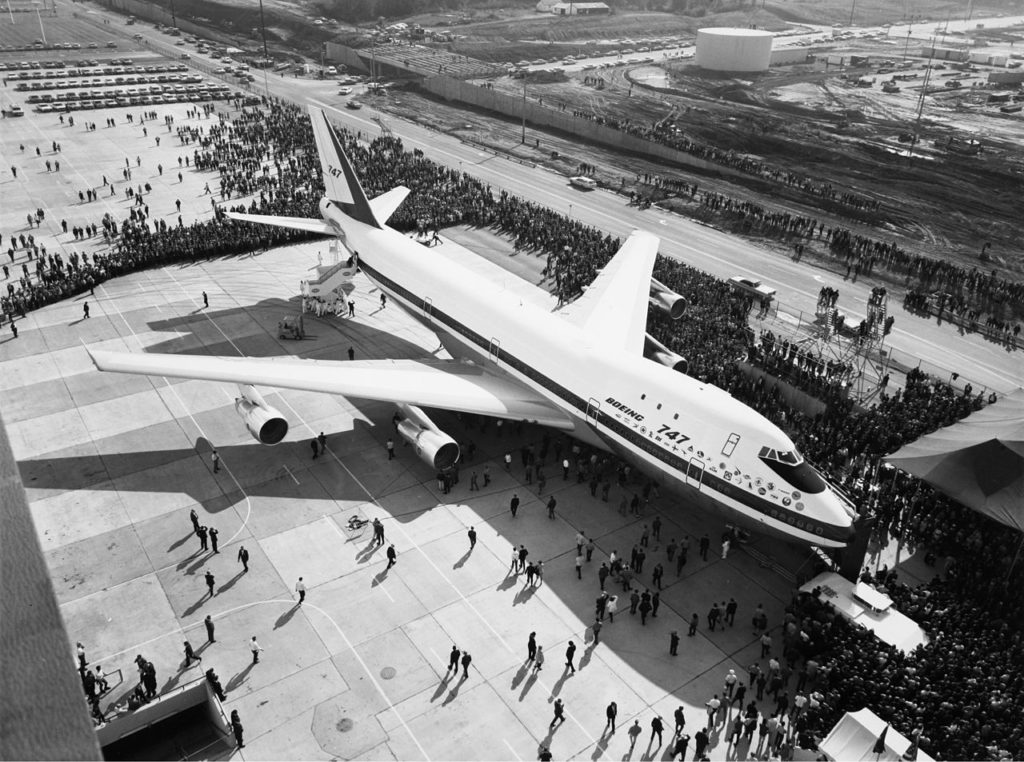Leeham News and Analysis
There's more to real news than a news release.
Bjorn’s Corner: Electric aircraft, Part 1
June 30, 2017, ©. Leeham Co: One of the areas I explored while at Paris Air Show last week was electric aircraft technology. With electric aircraft, we mean an aircraft where the propeller/fan is driven my an electrical motor.
We don’t talk about “more electrical aircraft systems” like for the Boeing 787.
One of the companies investing in technology for electric aircraft is Siemens. A Siemens-engined aerobatic aircraft, the Extra 330LE, made daily flight displays during the show.
Bjorn’s Corner: Interesting aircraft at the sides of Paris Air Show 2017
June 22, 2017. ©. Leeham Co: When visiting the Paris Air Show this week, we strolled several times into the Aeronautical museum which is placed at the Le Bourget airfield. It has a fine collection of historical aircraft, helicopters, missiles and space rockets/capsules.
One of the most interesting eras in French aeronautical history, captured in the museum, is the period directly after the second World War. The French industry, destroyed by the war, started its way back. Part of the way was to learn about jet propulsion for military and civil aircraft and how to design a practical supersonic fighter aircraft for the French Air Force.
From a multitude of experiments with different aircraft types and propulsion systems, came finally the successful Dassault Mirage jets, the Caravelle jet airliner and the only Supersonic passenger jet, the Concorde. Here a video and some pictures from these exhibitions.
Bjorn’s Corner: Keeping airliners operational. Part 9.
June 16, 2017, ©. Leeham Co: This week we finish our analysis how an operator would keep our tentative airline operational. By now we know the maintenance of the fleet is a critical part of running an airline.
If we miss a beat from our approved operator’s maintenance plan, our airworthiness authority can ground us.
We now finish the series with looking at how some cost-heavy parts are kept fit. We then summarize our costs for keeping our Airbus A320s flying.
Bjorn’s Corner: Keeping airliners operational. Part 8
June 09, 2017, ©. Leeham Co: This week we continue our analysis of the operator’s maintenance plan we made last week for our tentative airline.
Our airline is using Airbus A320s as our operational airplane. For these aircraft we have completed a maintenance plan based on the aircraft OEM’s Maintenance Planning Document (MPD) as well as other regulatory requirements.
Bjorn’s Corner: Keeping airliners operational. Part 7
June 02, 2017, ©. Leeham Co: We last week got an understanding of the maintenance task types that a Maintenance Planning Document (MPD) for the Airbus A320 contains.
We now use this knowledge to build an operator’s maintenance program for our A320-based airline.
Read more
Bjorn’s Corner: Keeping airliners operational. Part 6
May 26, 2017, ©. Leeham Co: Last week we looked at a maintenance plan for a common aircraft, the Airbus A320. We learned how typical maintenance tasks were described in the aircraft’s Maintenance Planning Document (MPD). It’s the central document the aircraft OEM issues that describes the minimum recommended maintenance for the aircraft to keep it airworthy.
Each operator builds its own maintenance plan for the aircraft, in cooperation with its local Airworthiness authority. The MPD is then a base input for the plan. Before we go into how such a plan can look, we describe the principal MPD task types that such a plan contain.
Bjorn’s Corner: Keeping airliners operational. Part 5
May 19, 2017, ©. Leeham Co: Last week we described the different working groups and review committees and boards involved in defining a new airliner’s maintenance requirements.
We now continue with describing a practical maintenance task from the maintenance plan for a common aircraft, the Airbus A320.
Read more
Bjorn’s Corner: Keeping airliners operational. Part 4
May 12, 2017, ©. Leeham Co: Last week we explained how maintenance philosophies were developed for airliners, from Maintenance Steering Group one (MSG-1), through to Maintenance Steering Group 3 (MSG-3), today’s standard.
The way in which today’s complex systems shall be analyzed should be top down instead of bottom up. And safety concerns should be separated from economical considerations.
Now we will go through what this means in practice. We will develop a maintenance plan for a new aircraft, according to the latest standards.
But first, the structure of the work we have in front of us.
Bjorn’s Corner: Keeping airliners operational. Part 3
May 5, 2017, ©. Leeham Co: We will now continue the series on keeping airliners operationally fit with how modern methods for maintenance programs were developed.
In the first article, we described hard-time maintenance limits and how these did not really produce a reliable and safe aircraft. They cost a lot, however. We also described how a first step to a modern maintenance philosophy was developed around the Boeing 747.
Bjorn’s Corner: Keeping airliners operational. Part 2
By Bjorn Fehrm
April 20, 2017, ©. Leeham Co: We will start the second article in series on keeping airliners operational by discussing how the structure is kept fit.
There are three areas that are more key to flight safety of an airliner than others. The aircraft’s structure, the engines (already discussed) and the flight control system. We will start with the structure.





